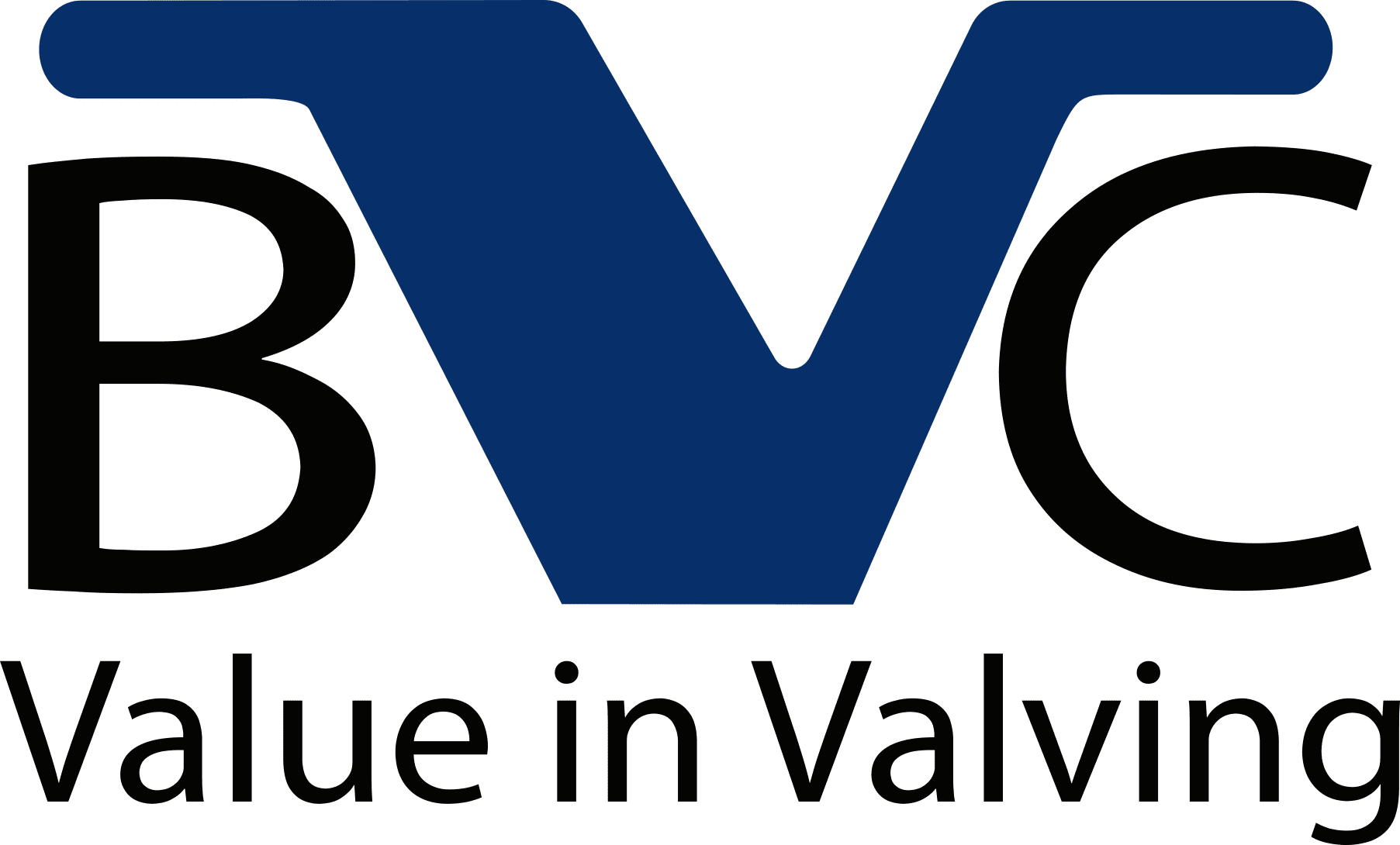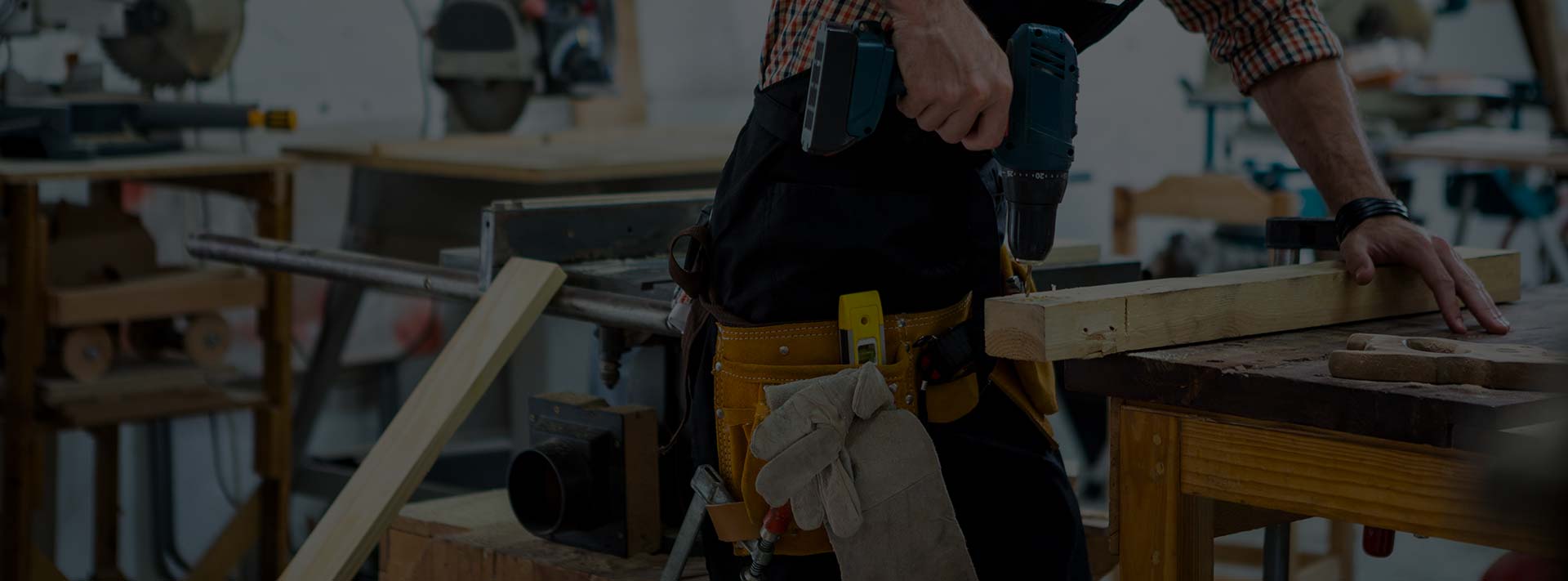25 Nov Comparing Butterfly Valves: Triple Offset vs. Zero And Double Offset
Zero Offset Butterfly Valve – Rubber Seated
The disc rotates around the center axis allowing for a potential 360º rotation. Sealing is achieved by the Disc deforming the soft seal resulting in full friction through the full operating cycle.
Double Offset Butterfly Valve – High Performance
To allow displacement of the seat the shaft is offset from the centerline of the disc seat and body seal (offset one), and the centerline of the bore (offset two). This creates a cam action during operation to lift the seat out of the seal resulting in friction during the first 10 degrees of opening and final 10 degrees of closing.
Triple Offset Butterfly Valve
The third offset is the geometry design of the sealing components, not the shaft position. The sealing components are each machined into an offset conical profile resulting in a right-angled cone (see Fig 1).
This ensures friction-free stroking throughout its operating cycle. Contact is only made at the final point of closure with the 90° angle acting as a mechanical stop; resulting in no over-travel of the disc seat.
With deformation and friction being such a prevalent issue in the sealing capabilities of concentric and double offset butterfly valves, the life expectancy is substantially minimized after its first operation and can commonly be expected to pass media after time.
Through the introduction of the revolutionary third offset, a solution has been engineered to eliminate deformation and friction leaving the advantages of ‘Triple Offset’ clear to be seen.
The Benefits of a Triple Offset Butterfly Valve
- The ‘cam action’ and ‘right-angled conical sealing’ design ensures that the metal sealing components are never in contact until its final degree of closing, resulting in repeatable sealing and vastly extended valve life.
- Butterfly valves provide significant cost savings over conventional valves such as gate, globe, and ball due to an inherent reduction in materials and weight.
- Safety Integrity Level 3 (SIL-3) a measure of the integrity and reliability of a given valve has been achieved (Sil-4 is the highest)
- Minimal maintenance due to the robust design with the added advantage of field-replaceable Seat/Seal and Disc/Stem components in the VF-8 Range.
- Low fugitive emissions due to quarter-turn technology.
- Cavities do not exist between sealing components in comparison to some conventional, concentric and double offset valves, therefore, eliminating the ingress of particles.
- Metal to Metal/Graphite sealing allowing for higher pressure and temperature applications while still providing bubble-tight shut off.
- Ideal for use in controlling or throttling applications.
- Torque seated resulting in bi-directional


No Comments